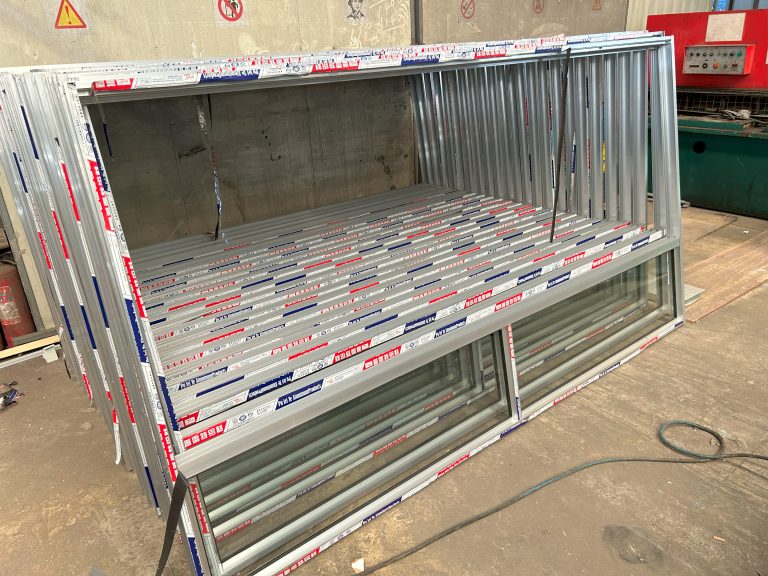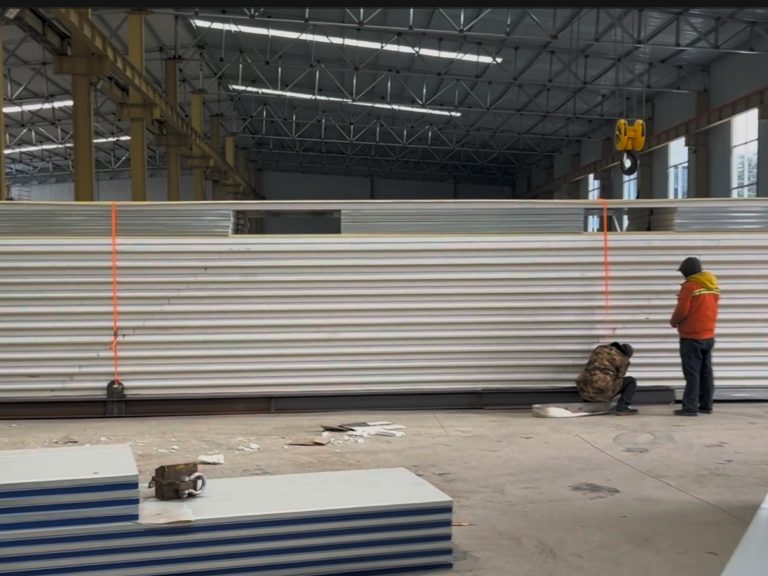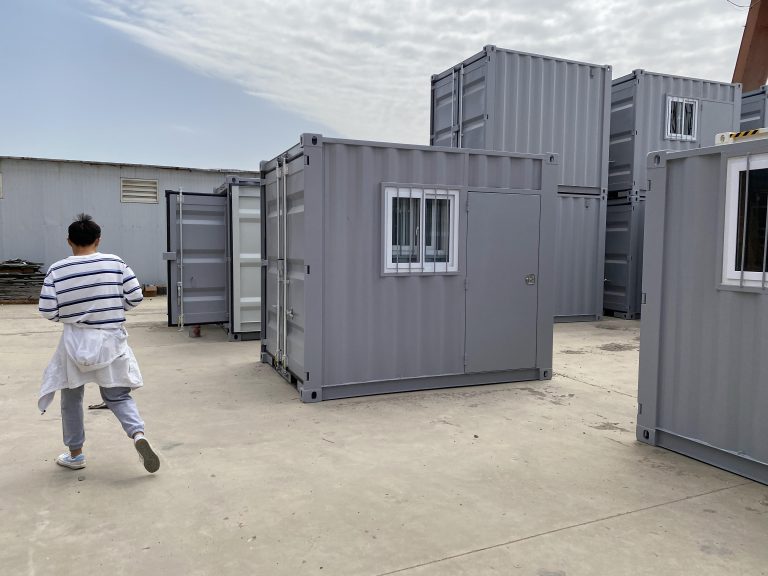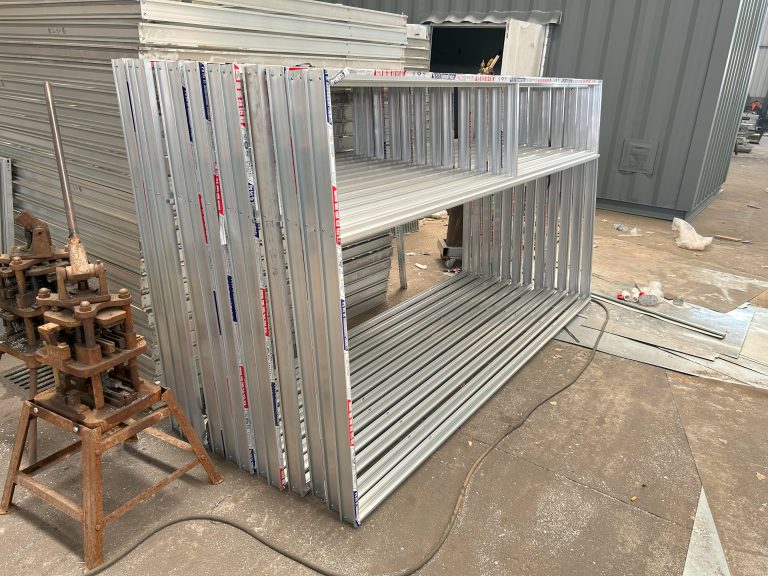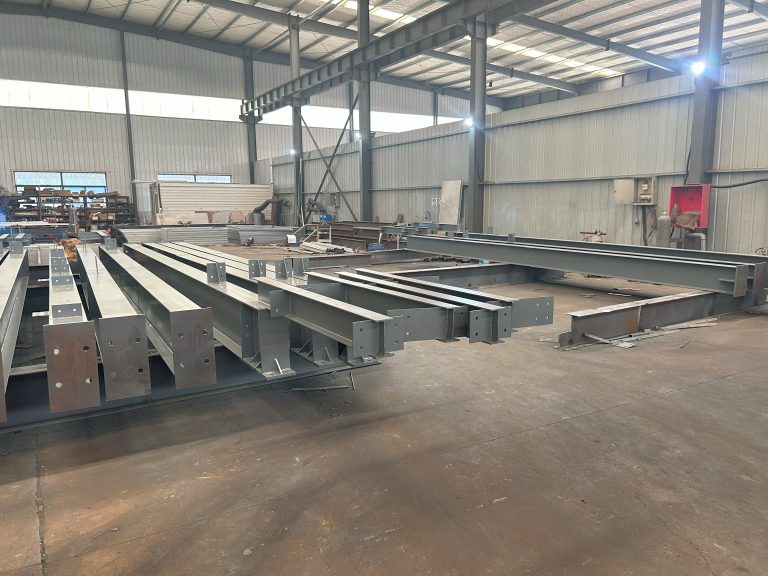Fatigue life prediction of steel structure Bridges
Table of Contents
Importance of Fatigue Life Prediction in Steel Structure Bridges
Fatigue life prediction is a critical aspect of ensuring the safety and longevity of steel structure bridges. As these bridges are subjected to repeated loading and unloading, it is essential to understand how fatigue affects the structural integrity of the bridge over time. By accurately predicting the fatigue life of steel structure bridges, engineers and designers can make informed decisions about maintenance, repair, and replacement, ultimately ensuring the safety of the bridge and the people who use it.
One of the primary reasons why fatigue life prediction is important in steel structure bridges is to prevent catastrophic failures. Fatigue failure occurs when a material experiences repeated loading and unloading, leading to the development of cracks and ultimately, structural failure. By predicting the fatigue life of a bridge, engineers can identify potential failure points and take proactive measures to prevent them. This not only ensures the safety of the bridge but also minimizes the risk of costly and disruptive failures.
In addition to preventing catastrophic failures, fatigue life prediction also plays a crucial role in optimizing the maintenance and repair schedules of steel structure bridges. By accurately predicting the fatigue life of different components of the bridge, engineers can prioritize maintenance and repair activities, ensuring that resources are allocated efficiently and effectively. This proactive approach to maintenance can help extend the lifespan of the bridge and minimize downtime for repairs, ultimately saving time and money.
Furthermore, fatigue life prediction is essential for ensuring the long-term durability of steel structure bridges. By understanding how fatigue affects the structural integrity of the bridge, engineers can make informed decisions about the materials and design elements used in the construction of the bridge. This can help ensure that the bridge is built to withstand the rigors of repeated loading and unloading, ultimately extending its lifespan and reducing the need for frequent repairs and replacements.
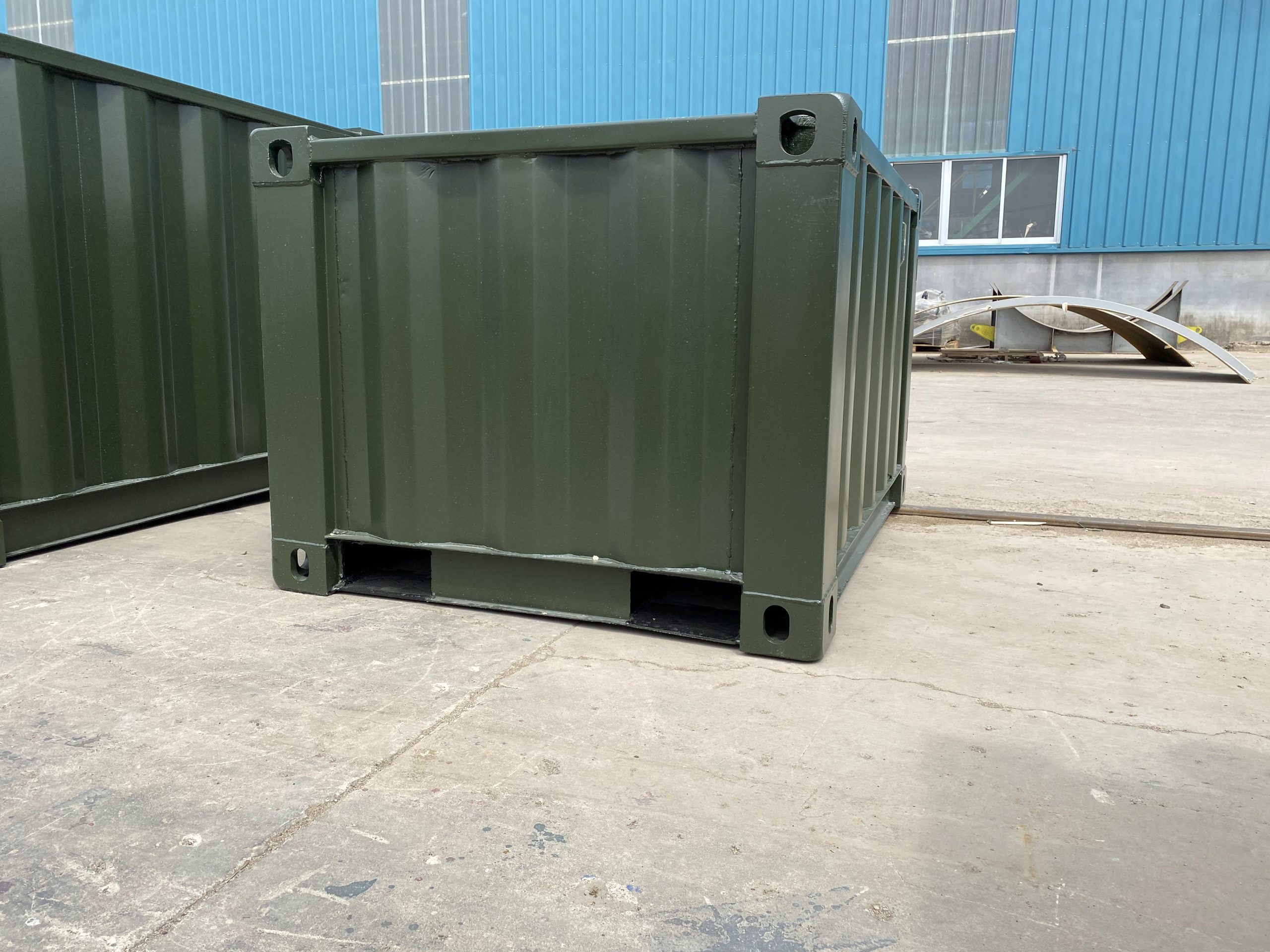
To accurately predict the fatigue life of steel structure bridges, engineers use a combination of theoretical models, empirical data, and advanced testing techniques. These methods allow engineers to assess the effects of different loading conditions, environmental factors, and material properties on the fatigue life of the bridge. By integrating these various factors, engineers can develop comprehensive fatigue life prediction models that provide valuable insights into the long-term performance of the bridge.
In conclusion, fatigue life prediction is a critical aspect of ensuring the safety, durability, and longevity of steel structure bridges. By accurately predicting the fatigue life of a bridge, engineers can prevent catastrophic failures, optimize maintenance and repair schedules, and ensure the long-term durability of the bridge. Through the use of advanced modeling, testing, and analysis techniques, engineers can gain valuable insights into the behavior of steel structure bridges under repeated loading and unloading, ultimately ensuring the safety and reliability of these vital infrastructure assets.
Methods for Improving Fatigue Life Prediction of Steel Structure Bridges
Fatigue life prediction of steel structure bridges is a critical aspect of ensuring the safety and longevity of these vital infrastructure components. With the increasing demands on transportation networks, it is essential to develop accurate and reliable methods for predicting the fatigue life of steel bridges. This article will discuss some of the methods used to improve fatigue life prediction of steel structure bridges.
One method for improving fatigue life prediction is the use of advanced materials testing and analysis techniques. This includes the use of high-resolution imaging and non-destructive testing methods to identify potential fatigue cracks and other structural weaknesses. By using these advanced techniques, engineers can gain a better understanding of the structural behavior of steel bridges under fatigue loading, allowing for more accurate predictions of fatigue life.
Another method for improving fatigue life prediction is the development of advanced computational models. These models can simulate the behavior of steel bridges under various loading conditions, allowing engineers to predict the onset and growth of fatigue cracks. By incorporating data from materials testing and analysis, these computational models can provide more accurate predictions of fatigue life, helping to identify potential maintenance and repair needs before they become critical issues.
In addition to advanced materials testing and computational modeling, another method for improving fatigue life prediction is the use of real-world performance data. By monitoring the behavior of steel bridges in service, engineers can gather valuable data on the actual fatigue life of these structures. This data can be used to validate and refine computational models, improving their accuracy and reliability for predicting fatigue life.
Furthermore, the use of advanced structural health monitoring systems can also improve fatigue life prediction of steel structure bridges. These systems can continuously monitor the behavior of steel bridges, providing real-time data on structural performance and potential fatigue issues. By using this data to inform predictive models, engineers can make more accurate predictions of fatigue life and identify potential maintenance needs in a timely manner.
Overall, improving fatigue life prediction of steel structure bridges requires a multi-faceted approach that incorporates advanced materials testing, computational modeling, real-world performance data, and structural health monitoring. By using these methods in combination, engineers can develop more accurate and reliable predictions of fatigue life, helping to ensure the safety and longevity of steel bridges in transportation networks.
In conclusion, the methods discussed in this article represent important advancements in the field of fatigue life prediction for steel structure bridges. By incorporating advanced materials testing, computational modeling, real-world performance data, and structural health monitoring, engineers can improve the accuracy and reliability of fatigue life predictions, ultimately leading to safer and more durable steel bridges in transportation networks. As demands on transportation infrastructure continue to grow, these methods will be essential for ensuring the continued safety and reliability of steel structure bridges for years to come.

